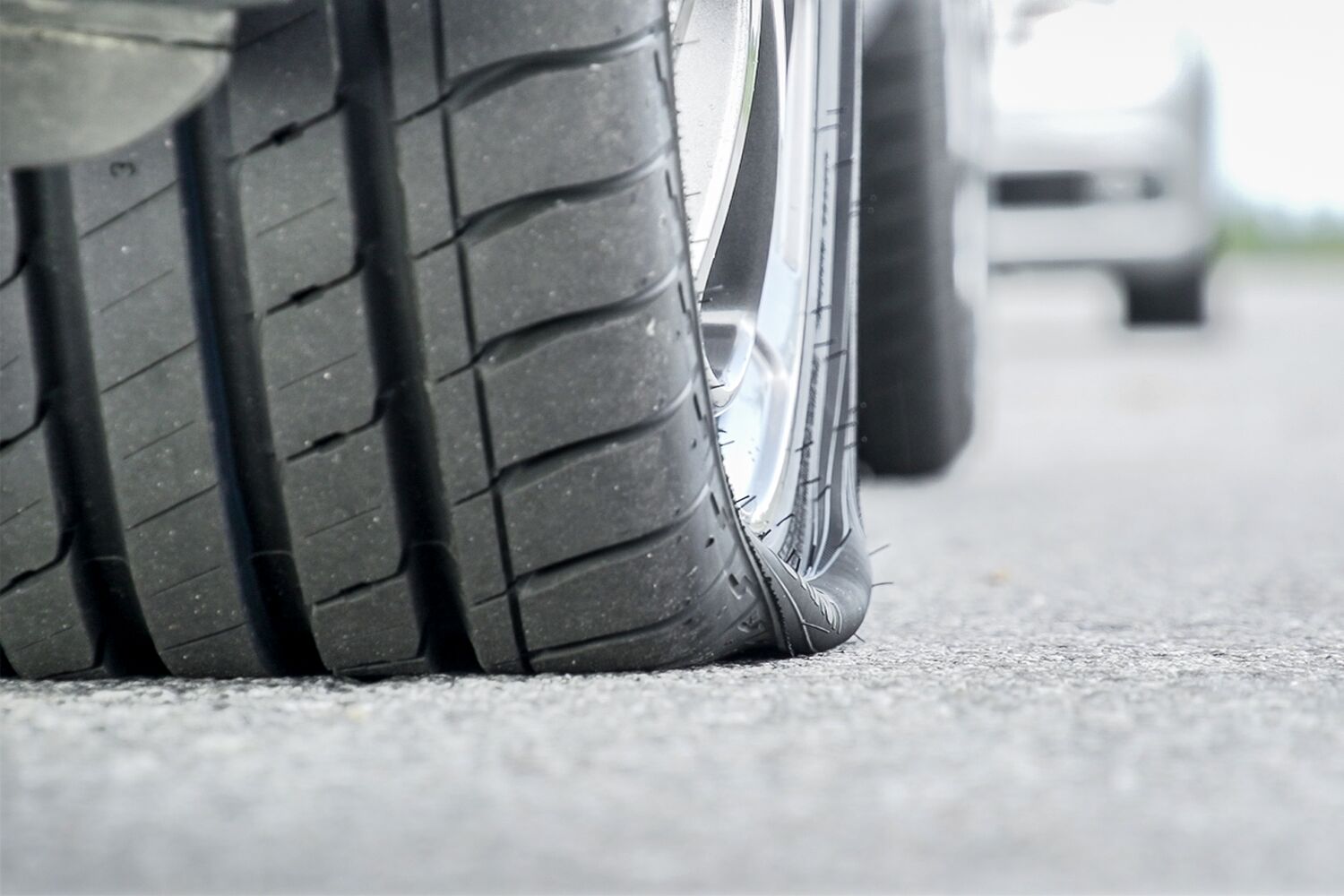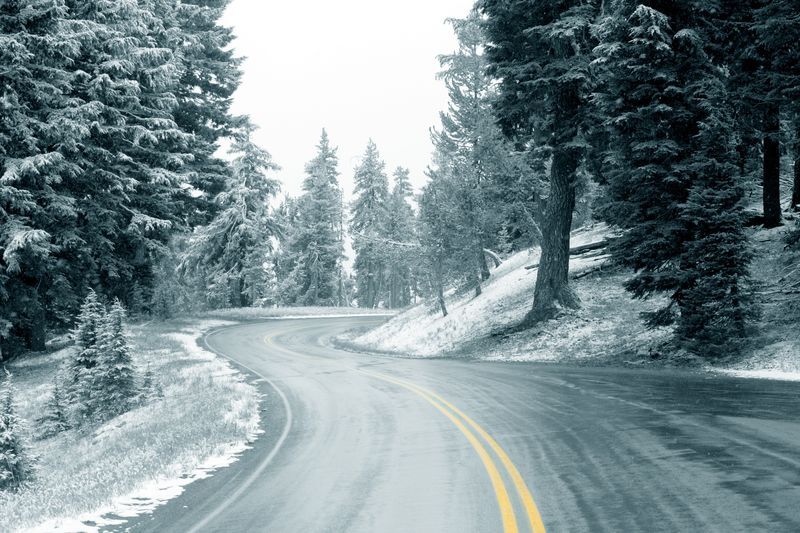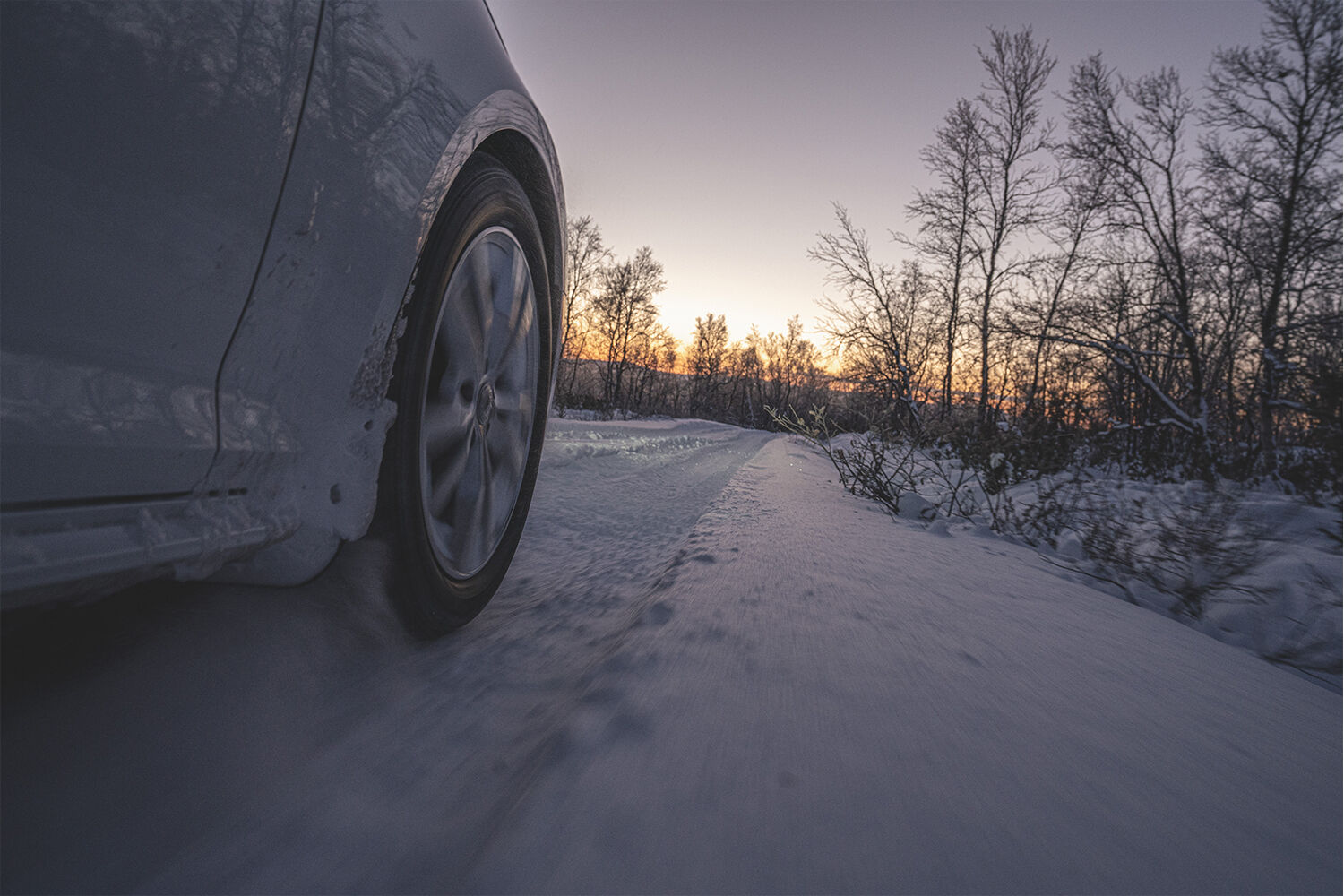
Tire blowouts can happen unexpectedly. Learn how to prevent a tire blowout and what to do if it happens to you.
What causes a tire blowout?
A tire blowout refers to a rapid drop in tire pressure, causing the tire to burst. Common causes include:
- Puncture or Cut — Driving over a sharp object can cause air to escape rapidly from the tire.
- Under-Inflated tires — Insufficient air pressure can cause tires to overheat. This can cause the rubber to separate from the steel belt inside.
- Overloaded Tires — Carrying too much weight can overheat the tire and cause it to explode.
- Worn Tires — Worn-out tires generate heat more rapidly and are more vulnerable to punctures, cuts, and other damage.
What should you do if you have a tire blowout?
If you experience a tire blowout, stay calm. Do not slam on the brakes; instead gradually slow down your vehicle's speed. Steer firmly to regain control of your vehicle. Do not drive with a flat tire any more than necessary. Once you have slowed down, pull over to a safe spot and call for roadside assistance.

How to Prevent a Tire Blowout
Following tire maintenance guidelines helps keep your tires in optimal condition and can reduce the chances of tire blowouts. Here are some tips:
- Check Tire Pressure Monthly: Maintain recommended tire pressure and adjust if necessary.
- Regularly Inspect Tire Condition: Measure the tread depth and look for uneven wear patterns.
- Do Not Exceed Load Levels or Speeds: Follow recommended load and speed limits.
- Avoid Road Hazards: Pay attention to the driving environment to avoid punctures and cuts.
Even with preventive measures, unexpected situations can happen on the road. Keep a safe following distance and consider road and weather conditions that may impact braking distance.
Replacing a Blown Tire
If you have a blown tire or tire sidewall damage, it is not safe to attempt repairs. Replace the damaged tire with a spare, but remember that spare tires are designed for temporary use.
Nokian Tyres crafts tires that are reinforced with puncture-resistant Aramid fibers – the same material used in protective vests. These rugged fibers provide added strength to the tire when encountering road hazards, which can help reduce the risk of a tire blowout. The Nokian Tyres One HT even has Aramid beneath the tread for extra protection – an innovation called Aramid Shield. If you experience a blowout or damaged sidewall, Nokian Tyres offers a Pothole Protection Warranty on products with Aramid Technology.
Drive Safely with High-Quality Tires
Having reliable tires is essential for road safety. High-quality tires can prevent tire blowouts, enhance traction, reduce the risk of hydroplaning, and make driving safer on icy and snowy roads. If you need new tires, contact your local Nokian Tyres dealer:
Please remember that it is the driver’s responsibility to ensure their tires are safe and suitable for their vehicle and to follow the vehicle’s manufacturer´s guidelines for proper use and maintenance. Consult your closest Nokian Tyres dealer or your vehicle’s manufacturer for specific advice.


